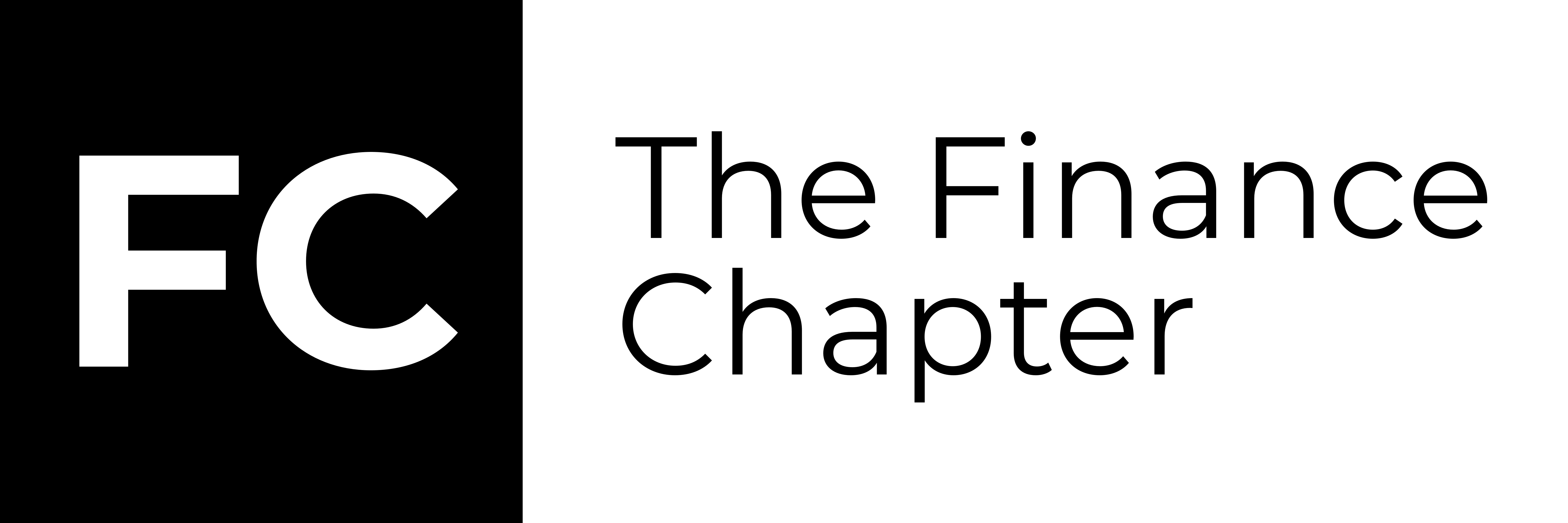
In recent weeks Facebook unveiled plans to move onto a new proposition – enter the Metaverse. Mark Zuckerberg, founder and CEO of the social media giant (now Meta) refers to it in a video as “an embodied internet where you’re in the experience, not just looking at it.” He went on to give us a sneak preview of what this might look like – largely an adaptation of real-world experiences in a VR or AR format. Not an entirely new concept, but Facebook is embarked on democratizing it. Some interesting use cases were tabled, from shopping and fitness to work and (of course) play. The common denominator is the immersive realism that stems from being inside the experiences, and the convenience of not having distance as a barrier.
To be sure, this is indeed a great opportunity for all of us. Creators have a new dimension to extend their creativity. Employees have a new format to experience work. And brands have an opportunity to add new realism to the consumer journey. Like every opportunity, this development, and social media more broadly, has its risks.
Social Media vs Wellness
The means through which social media holds attention have been likened to addiction and substance abuse. The like button, for example, is an opportunity to validate each other’s ideas in principle, but easily morphs into a metric for social comparisons. I would liken the stress this causes to the type investors experience while hoping that the stock market goes up. On social comparisons, research shows that people who make them are more likely to experience envy, regret, guilt and loss of self-esteem. This is not helped by the fact that the individual is often comparing themself to images of peers and celebrities that are unrealistic and aspirational.
This type of engagement is both deep and unhealthy. It begs the question, should we be more immersed in it? But not everyone can moderate their use of social media, and for the vulnerable, it’s a losing battle with the algorithm – an AI tool that optimises content for engagement, very often at the expense of well-being.
Speaking with Time Magazine former Facebook employee turned whistleblower Frances Haugan reveals how Facebook has consistently placed profits over public safety in the way it ranks content for display.
“One of the most dangerous things about engagement-based ranking is that it is much easier to inspire someone to hate than it is to compassion or empathy. Given that you have a system that hyperamplifies the most extreme content, you’re going to see people who get exposed over and over again to the idea that [for example] it’s O.K. to be violent to Muslims. And that destabilizes societies.” – Frances Haugen
Social media is not, however, the only source of health concerns. There’s yet another common area where a different type of extreme engagement is affecting wellbeing.
The Modern Work Culture
Amos Tversky, the late collaborator of Nobel-winning psychologist Daniel Kahneman, once said “the secret to doing good research is always to be a little underemployed. You waste years by not being able to waste hours.”
Although he spoke of research, the same is true of work in general. But this audacious idea goes against the grain of convention that extols hard work through several platitudes: relentless focus, never give up and (of course) the sky’s the limit. The reality of many jobs though, is that there’s more work than time. So the reverse to Amos’ statement is true. One is more likely to be over-employed and underproductive, than the other way round. The phenomenon – albeit unremarkable – is so pervasive that we have an accepted analogy for it. The old hamster on a wheel is a recipe for stress and burnout. So for the average worker, it’s implausible for work to be fulfilling in itself.
It gets richer.
The work environment is the only place where humans are seen as resources. Humans are in fact resources while at work, but the obvious risk is in what’s not seen: humanity. Workplaces that miss this mark leave employees feeling underappreciated, and this can lead to a lack of fulfilment and frustration.
In recent years, we’ve seen a push for work settings that reflect and celebrate more of our humanity. Encouraging, but not commonplace just yet.
The Opportunity
So the work proposition could use some work. And social media, the place we go for some respite, is not quite a safe haven.
Thankfully, there is something we can do to offset the torrent of stressors in these (rather sizable) domains of life. It’s a constant feature of doctor’s recommendations, and as it turns out, it is a much bigger word than its single syllable might suggest. We can rest. We should rest.
But how?
A good starting point is to understand that sleep and rest are not the same. According to Dr Saundra Dalton-Smith, sleep is only 1 type of rest. She makes a compelling case for rest in a Ted talk where she explains that “rest is the most underused, chemical-free, safe, and effective alternative therapy available to us.”
Dr Saundra speaks to the 7 types of rest, namely: physical; mental; sensory; creative; emotional; social; and spiritual rest. Her book titled Sacred Rest: Recover Your Life, Renew Your Energy, Restore Your Sanity is available on Amazon Kindle, paperback and audio. As it happens, rest is an entire domain, complete with its own lexicon.
With the Christmas holidays in our sights, you’ve probably already locked in your days off and (depending on your company policy) set up your out-of-office in anticipation. It’s a good time to rethink rest and rekindle your relationship with it. This is an untapped opportunity, not just during the break ahead, but beyond. Rest improves the quality of life in every other domain, but only if we allow it.
Wishing you a safe, enriching and restful Christmas break.


